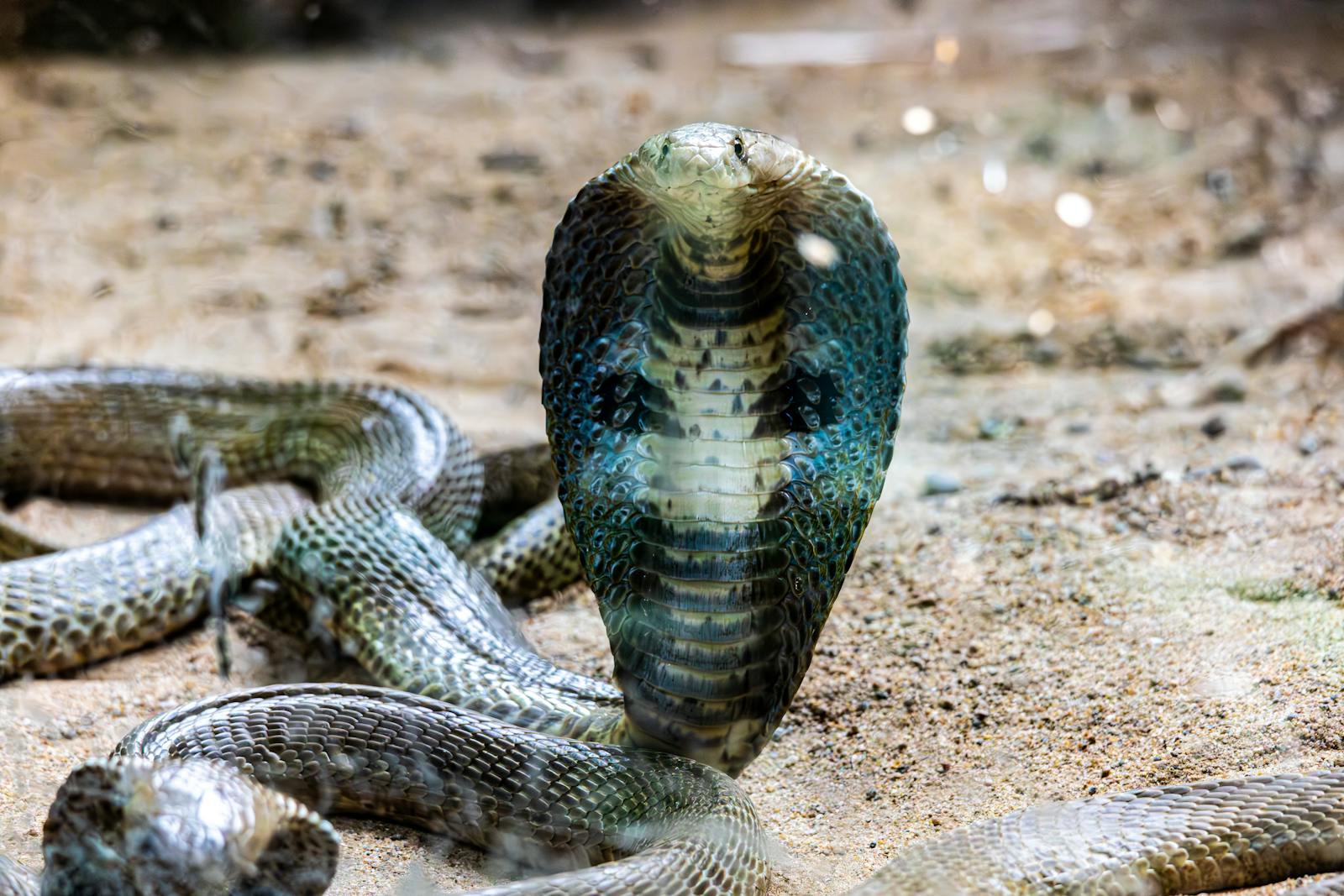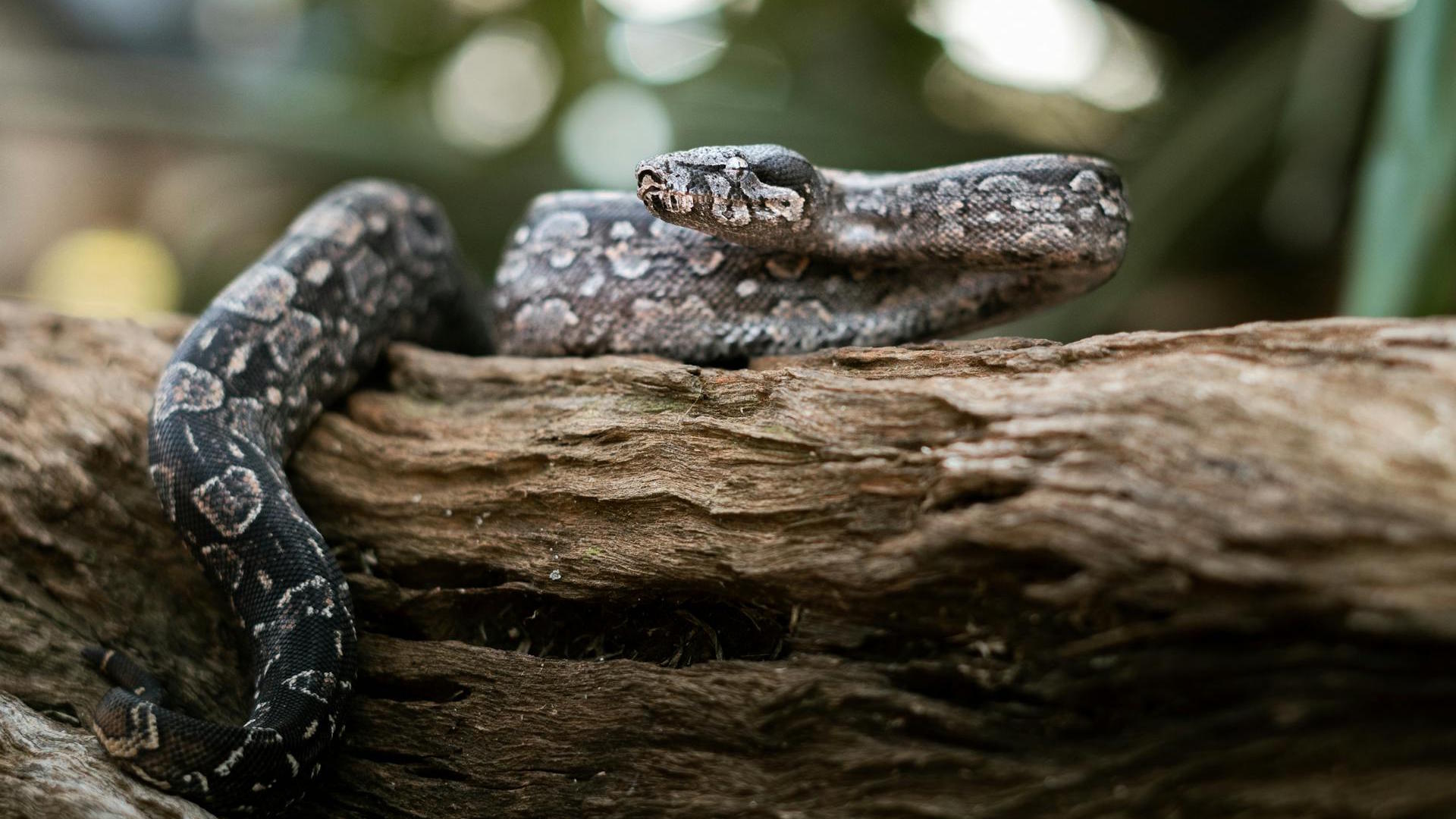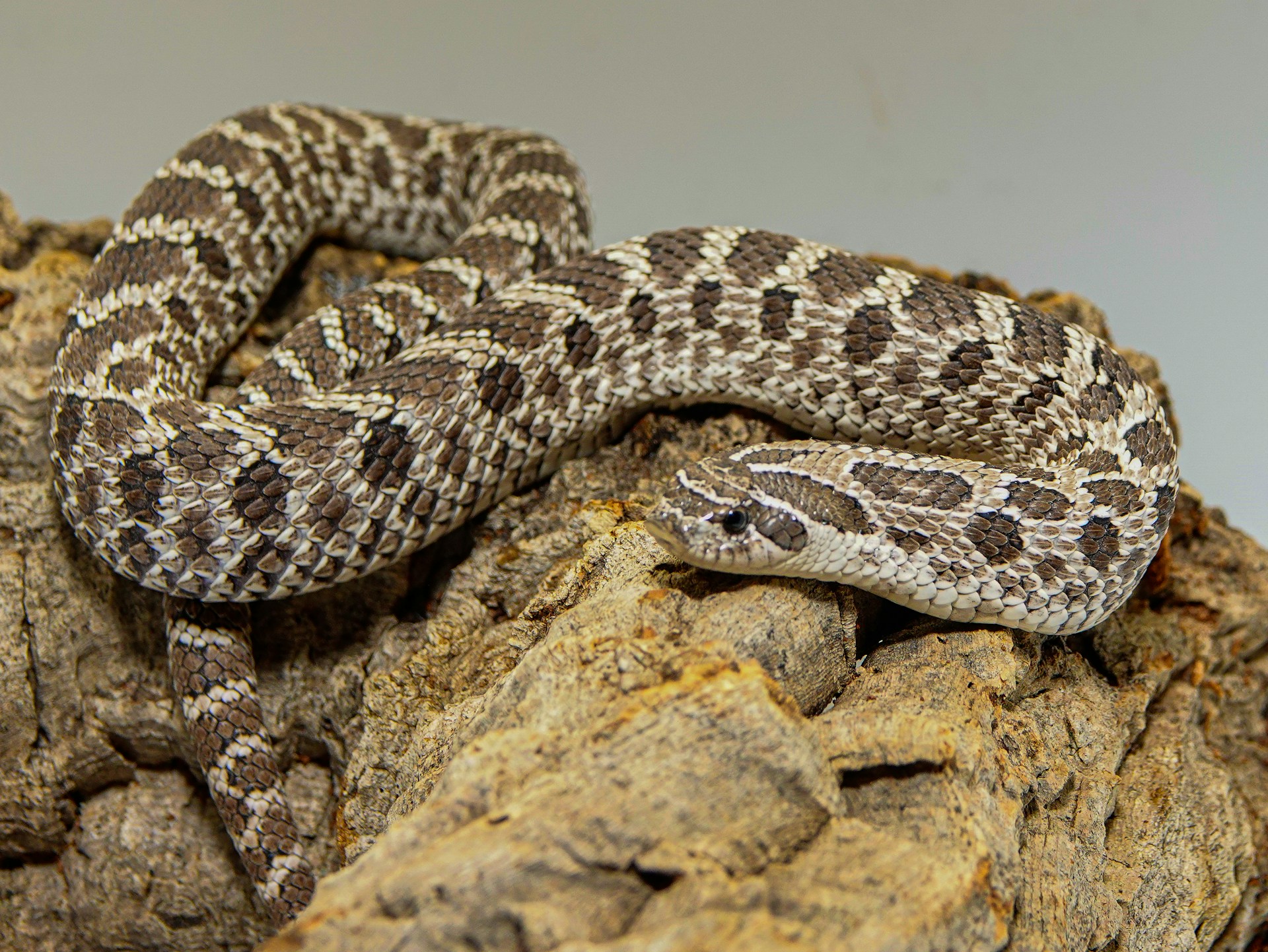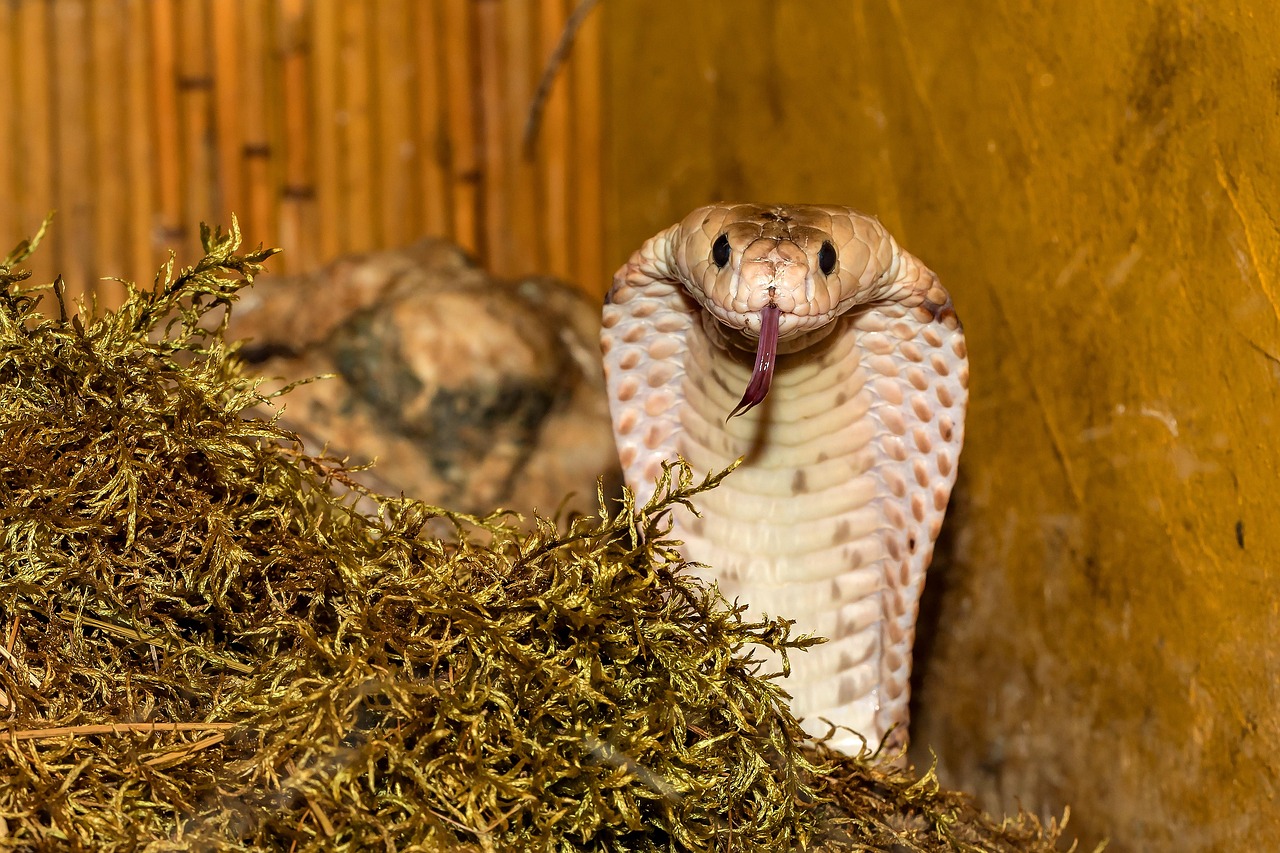Snake venom has fascinated scientists, medical professionals, and snake enthusiasts for centuries. The idea that one might develop resistance or immunity to these potentially deadly toxins seems almost superhuman – like something from a movie rather than scientific reality. Yet, the concept of venom immunity does exist in various forms, both natural and artificially induced. This article explores the complex relationship between humans, snake venom, and the possibility of developing immunity against these powerful biological weapons. From snake handlers who claim to have “immunized” themselves through repeated exposures to the scientific production of antivenom, we’ll examine the facts, myths, and fascinating gray areas surrounding this compelling topic.
The Nature of Snake Venom

Snake venom is not a single toxin but rather a complex cocktail of proteins, enzymes, and other compounds designed to immobilize, kill, and begin digesting prey. Different snake species produce vastly different venoms, with some primarily attacking the nervous system (neurotoxic), others destroying tissue and blood cells (cytotoxic and hemotoxic), and some affecting the cardiovascular system. This complexity is one reason why developing immunity is challenging – you might develop resistance to certain components of one snake’s venom but remain vulnerable to others. Even within a single species, venom composition can vary based on the snake’s age, geographic location, and diet, creating a constantly moving target for any potential immunity. Understanding this biochemical complexity is essential before considering whether immunity is possible.
Natural Immunity in Animals

In the natural world, several animals have evolved remarkable resistance to snake venom. Opossums, mongooses, hedgehogs, and certain honey badgers possess proteins in their blood that neutralize snake venom components, allowing them to hunt and consume venomous snakes with minimal risk. This natural immunity developed through millions of years of evolutionary pressure in environments where these animals regularly encountered venomous snakes. Interestingly, some snake species have even developed resistance to the venom of other snake species, particularly when they prey on those snakes. These natural examples demonstrate that venom immunity is biologically possible, though it’s important to note that these resistances are typically specific to certain venoms and aren’t universal protections. The specialized adaptations of these animals have inspired scientific research into how similar protections might be developed for humans.
The Science of Mithridatism

Mithridatism refers to the practice of deliberately ingesting or exposing oneself to small doses of a poison to develop immunity – named after King Mithridates VI of Pontus, who reportedly protected himself against assassination by poison through this method. Some snake handlers and enthusiasts have claimed to practice a form of mithridatism with snake venom, allowing themselves to be bitten by venomous snakes in controlled circumstances with increasing frequency. The scientific basis for this practice is questionable at best and potentially fatal at worst. While the body might develop some antibodies against specific venom components, the practice comes with extreme risks including anaphylactic shock, organ damage, and death. Furthermore, any immunity developed would be highly specific to particular venom components from specific snake species, not a general protection against all snake venoms.
Famous Cases of Claimed Immunity
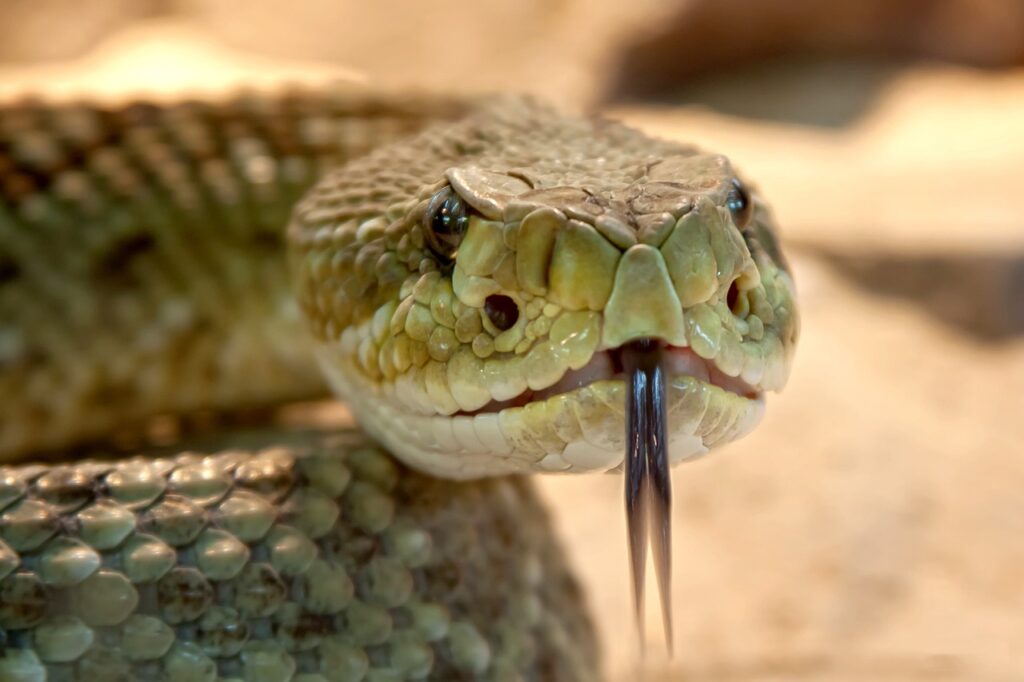
Throughout history, there have been several documented cases of individuals who claimed or appeared to have developed immunity to certain snake venoms. Bill Haast, the founder of the Miami Serpentarium, famously injected himself with diluted snake venom for decades and survived over 170 venomous snake bites. Similarly, Tim Friede, a self-proclaimed “venom junkie,” has survived multiple bites from some of the world’s deadliest snakes, including black mambas and cobras. These cases, while fascinating, remain controversial in the scientific community. Medical professionals point out that these individuals may have developed partial resistance to specific venom components but not complete immunity. Additionally, their practices have often resulted in serious health consequences, including kidney damage, neurological issues, and severe allergic reactions. These cases represent extreme examples that should never be attempted by others, even with medical supervision.
Antivenom Production and Passive Immunity

The scientifically accepted approach to fighting snake venom is through antivenom (or antivenin), which works on the principle of passive immunity rather than active immunity. To produce antivenom, animals like horses or sheep are injected with small, non-lethal doses of snake venom, causing them to produce antibodies against the venom components. These antibodies are then harvested from the animal’s blood, purified, and prepared for human use. When a person is bitten by a venomous snake, they can be treated with the appropriate antivenom, which immediately provides antibodies to neutralize the venom toxins. This differs from active immunity because the protection is temporary and comes from external antibodies rather than the patient’s own immune system. Modern antivenom production has saved countless lives, though challenges remain regarding availability, cost, and side effects.
Why Natural Immunity Rarely Develops

Unlike bacterial or viral infections where the body can develop lasting immunity after exposure, snake venom rarely triggers the same protective immune response. The primary reason is that venom typically acts too quickly and destructively for the immune system to mount an effective response before significant damage occurs. In many cases, the venom components directly attack or bypass parts of the immune system itself. Additionally, snake venom often causes such severe acute reactions that without immediate medical intervention, the victim might not survive long enough for the immune system to develop memory cells for future protection. Even in cases where a person survives a bite without antivenom, the amount of venom injected might have been minimal (a “dry bite”) or insufficient to trigger a strong immune response, leaving them just as vulnerable to future envenomations.
The Dangers of Self-Immunization

Attempting to self-immunize against snake venom is extremely dangerous and potentially fatal. Even carefully calculated microdoses of venom can trigger severe allergic reactions, including anaphylactic shock, which can be deadly within minutes. The cumulative effect of repeated exposures can also lead to chronic health problems, including kidney damage, neurological issues, and autoimmune disorders. Another significant danger is sensitization rather than immunization – repeated exposure to certain proteins in venom can actually make a person more sensitive to them, leading to more severe reactions with subsequent exposures. Finally, any perceived immunity would be highly specific to particular venom components from specific snake species and would offer no protection against different snake species or even significant variations within the same species. Medical professionals universally advise against attempting self-immunization under any circumstances.
Snake Handlers and Religious Practices

In certain religious communities, particularly some Pentecostal churches in the Appalachian region of the United States, handling venomous snakes is practiced as a demonstration of faith based on biblical passages. These snake handlers often survive multiple bites over their lifetimes, leading to speculation about whether they develop some form of immunity. Scientific investigation suggests that any apparent resistance is more likely due to a combination of factors: snakes delivering “dry bites” with minimal venom, handlers developing specific antibodies to certain venom components, and possibly genetic factors that provide some natural resistance. However, deaths still occur regularly within these communities, underscoring that no true or complete immunity develops. The practice remains controversial both medically and legally, with several states having laws prohibiting religious snake handling due to the inherent dangers.
The Role of Genetics in Venom Resistance
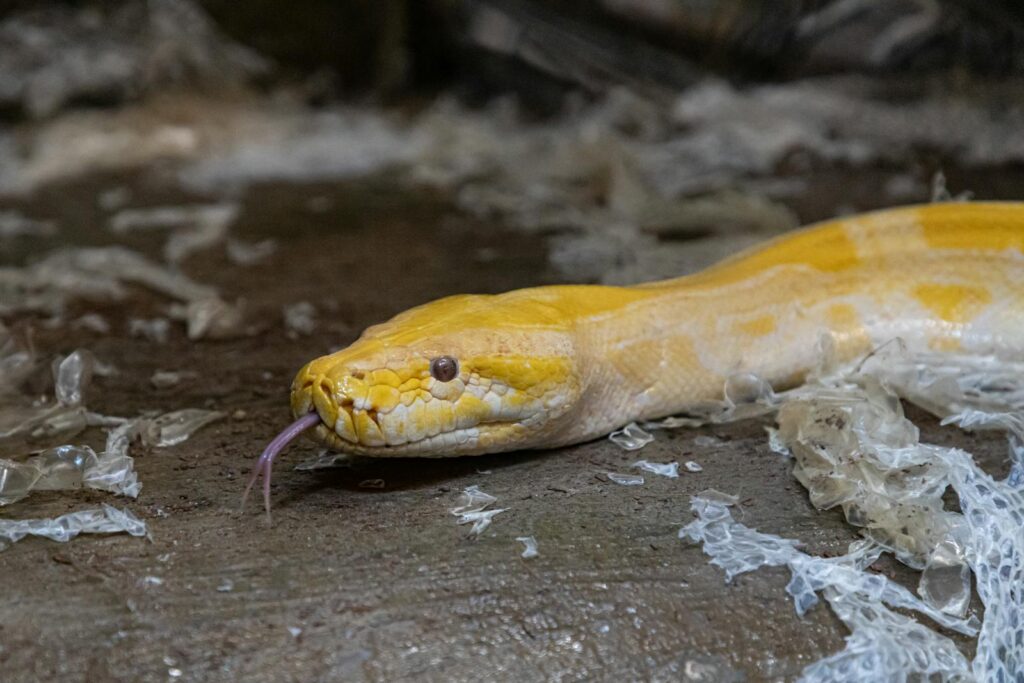
Genetic factors may play a significant role in how individuals respond to snake venom exposure. Research has identified certain genetic variations that appear to confer some natural resistance to specific venom components in certain human populations. These genetic adaptations are most common in regions where humans have coexisted with venomous snakes for thousands of years, suggesting evolutionary selection for venom resistance. For example, some communities in South Asia appear to have genetic variations that provide partial protection against certain cobra venoms. However, this natural resistance is typically modest, specific to particular venom components, and certainly not complete immunity. Scientists are studying these genetic variations to better understand the mechanisms of venom resistance and potentially develop improved antivenom treatments or preventative measures for at-risk populations.
Current Scientific Research
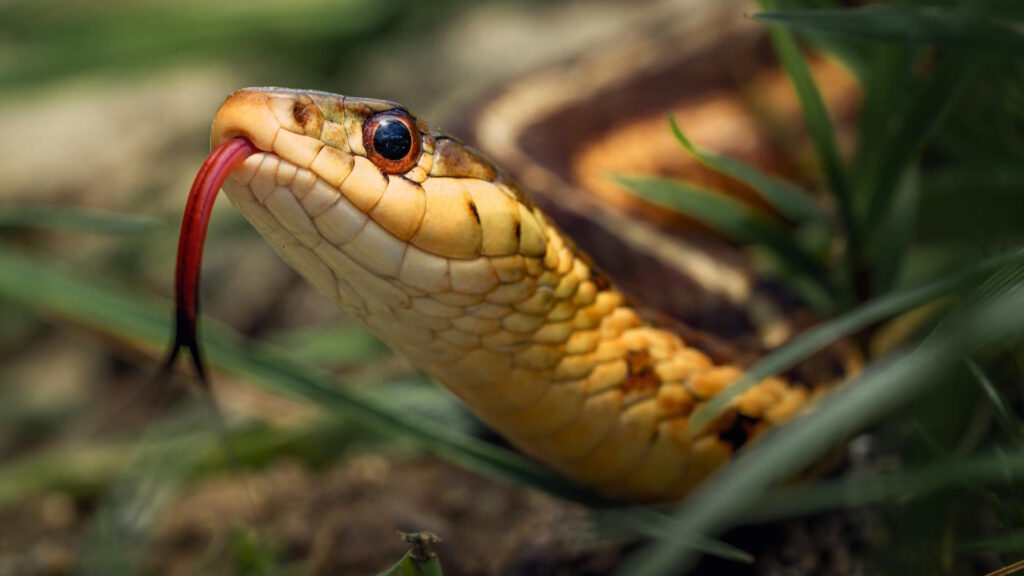
Modern scientific research is exploring several promising avenues related to snake venom immunity and protection. Some researchers are investigating universal antivenom that could neutralize toxins from multiple snake species, addressing one of the current limitations of species-specific treatments. Others are studying the molecular mechanisms that provide natural venom resistance to animals like opossums and mongooses, with the goal of developing synthetic versions of their protective proteins. Advances in immunology are also leading to better understanding of how the human immune system interacts with venom components, potentially opening doors to new preventative approaches. Perhaps most promising is research into small molecule inhibitors that could be administered in field settings to temporarily block venom action until proper medical treatment can be received. These cutting-edge approaches may eventually provide better options than traditional antivenom for treating snake bites.
Practical Prevention for High-Risk Individuals

For those who work with venomous snakes or live in areas with high snake populations, practical prevention remains far more important than any notion of developing immunity. Proper training in snake handling techniques, specialized tools like snake hooks and tongs, and appropriate protective gear are essential for professionals working with venomous snakes. For residents of snake-prone areas, measures like wearing boots and long pants while walking in vegetation, using flashlights at night, and keeping areas around homes clear of debris that could harbor snakes are crucial precautions. Knowing how to respond to a snake bite – including immobilizing the affected limb, removing constrictive items like jewelry, and seeking immediate medical attention – is also vital knowledge. Rather than pursuing the dangerous myth of self-immunization, focusing on these practical measures is the scientifically sound approach to snake bite prevention.
The Future of Venom Immunity
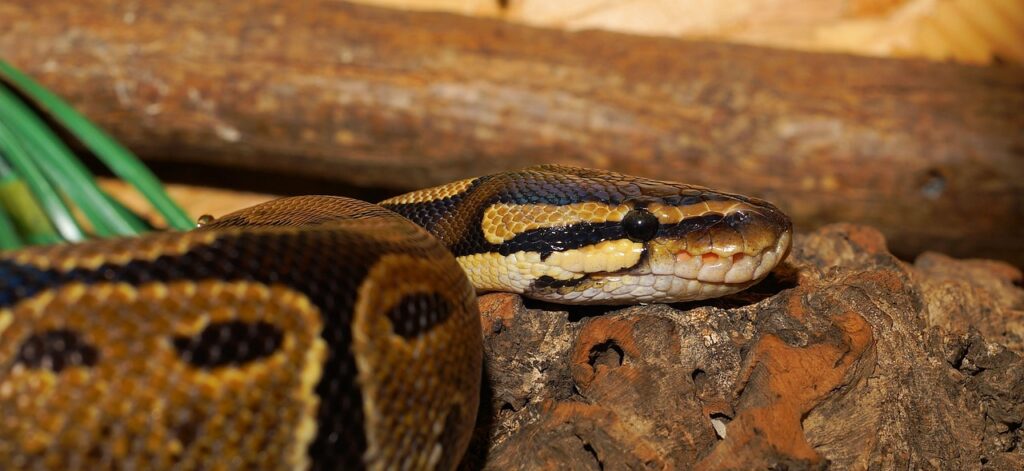
The future of protection against snake venom likely lies not in personal immunity but in medical and technological advances. Researchers are developing “pre-immunity” approaches that could provide temporary protection for those at high risk, similar to how vaccines work but for toxins rather than pathogens. New antivenom production methods using synthetic antibodies or recombinant DNA technology may eliminate the need for animal-based production, reducing costs and side effects. Portable diagnostic tools that can identify the specific snake species from venom at a bite site could allow for more precise treatment in field settings. Perhaps most exciting are experimental treatments like small molecule inhibitors that can be administered immediately after a bite to delay venom effects until proper medical care is available. These scientific approaches offer far more promise than the dangerous and largely ineffective concept of personal venom immunity through repeated exposure.
Conclusion: Science Over Sensationalism
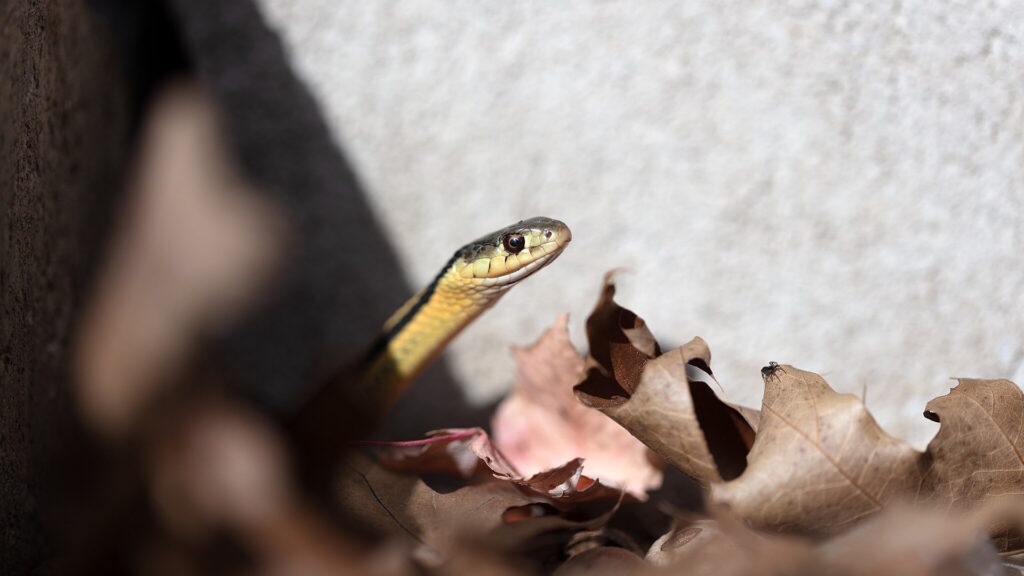
While the idea of becoming immune to snake venom has a certain dramatic appeal, the scientific reality is much more nuanced and sobering. True immunity to snake venom through deliberate exposure is largely a myth and an extremely dangerous one at that. The complex, variable nature of snake venoms means that even those who appear to have developed some resistance remain vulnerable to serious or fatal envenomation. The legitimate scientific approaches – including antivenom development, genetic research, and preventative measures – offer far more promise than mithridatism. For those fascinated by venomous snakes, channeling that interest into supporting conservation, education, and scientific research represents a constructive alternative to dangerous self-experimentation. When it comes to snake venom, respect and caution will always be more valuable than any claimed immunity.

